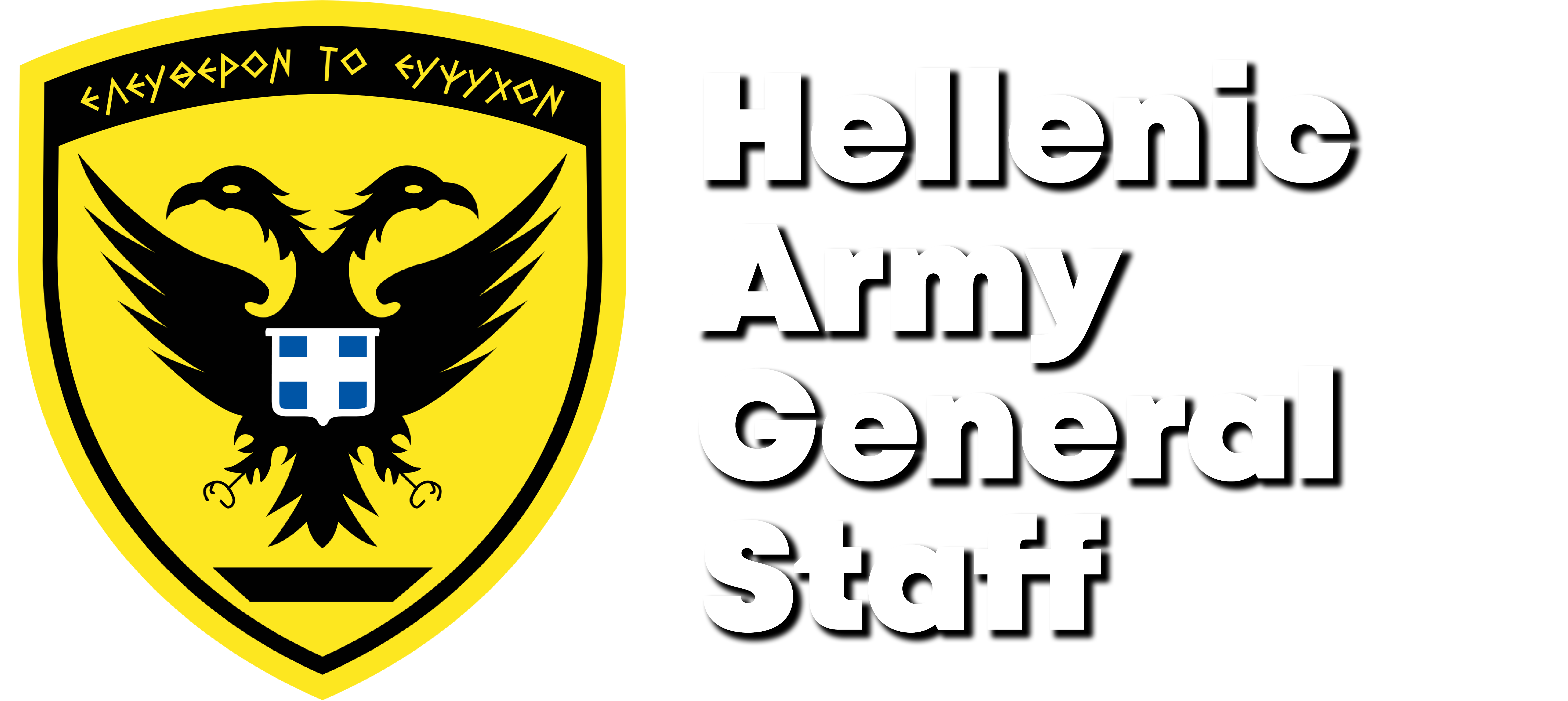Control of Crete had not been passed onto the newly founded Kingdom of Greece by the international Greco – Ottoman Treaties of 1829, 1830, and 1832. Cretans would struggle for their unification with Greece for about one century, securing significant statutory acts, which contributed to the development of the island.
The egalitarian regimen that was recognised by all civilians of the Ottoman Empire (Hatt-i humayun, 1856), the benefits given to the Christians of Crete with the Organic Law (1868), and the semi-autonomous establishment ensured by the Pact of Haleppa (1878), benefited the development of a homogeneous population, which spoke Greek, believed in the Greek-orthodox religion, and had a clear national conscience that it belonged in Greece. In 1895, the denial of European forces to create a broadly autonomous establishment on the island caused the rebellion of Christians (May, 1896). Widespread violent acts by the Turks followed in Chania (January, 1897), causing Greece to send troops to Crete and contest its unification with the rest of the country. In 1898, the autonomy of the island was established under the symbolic dominion of the Sultan and Prince George as its chosen ruler. However, the formal unification of Crete and Greece was sealed by the Treaty of London (May 1913). On 1 December 1913 the Hellenic flag was raised in the Fortress of Chania.
#ΕλληνικόςΣτρατός, #HellenicArmy







